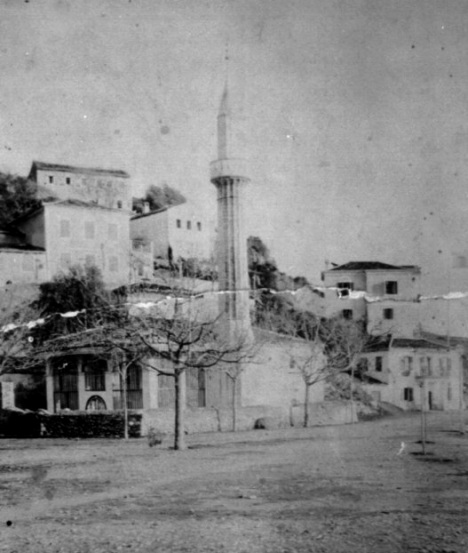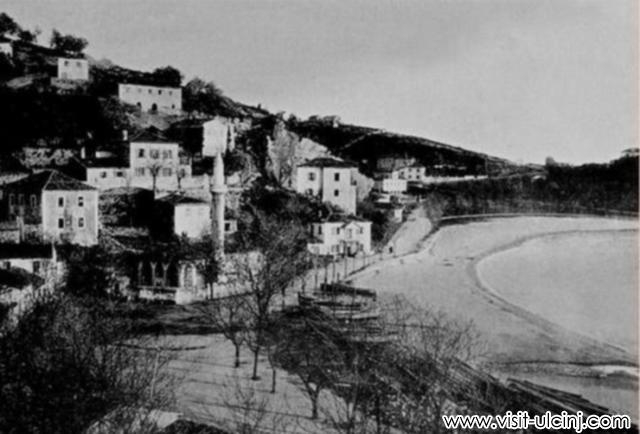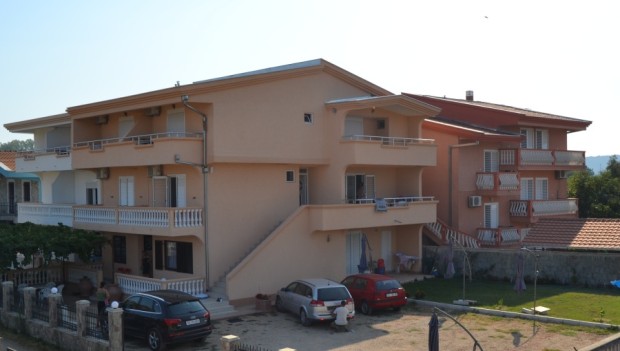 Sailors’ Mosque in Ulcinj Montenegro
Sailors’ Mosque in Ulcinj Montenegro
Despite living in the era of existentialism, i.e. in an absurd and indifferent reality which constantly forces one to question or doubt everything, and thus, fight the oppression in all its forms – humanity, nevertheless, appears as the light at the end of the tunnel.
On June 2012, Ulcinj recovered one of the oldest and most imposing mosque¬† in Balkans ‚Äď the Sailor’s Mosque, as a result of citizens’ good will and¬† Alanya funds.
History
”Being a part of Montenegro, which was under the control of Ottoman Empire, Ulcinj assimilated to the conqueror culture, religion and tradition. In those days, it was a custom that, after misfortunes and battles, the residents erect a mosque as a symbol of their gratitude to God. Mosques represented the backbone of the town influencing its architecture and spiritual life – Muezzin calling from the top of a Minaret the worshippers to prayer, unity and serenity. Furthermore, all the private houses were in the vicinity of the place of worship for the followers, and therefore, the leisure time and family life were integrated according to the daily prayers.

Ibrahim-paŇ°a BuŇ°atlija of Skadar (1797-1809) had the mosque built as an appreciation for having survived the battle on Krusi and for the sake of Ulcinj sailors who contributed to the success of his family, hence the name ‚Äď Sailor’s Mosque. The small cultural center was established in 1798 and served (beside its main function, i.e. prayer) as a religious school, shelter for travelers and the poor.‚Äú
‚ÄúAccording to some other historical sources, the mosque was erected in the 14th century by Moores (current inhabitants of Morocco and Algeria that converted to Islam by the end of the 7th century). It is assumed that they constructed the mosque so that their merchants could stop by and pray while trading in this part of the Adriatic Coast. The very fact that the muslim¬† temple was erected before the official religion of Islam was established in Ulcinj indicates the suprisement of Ottomans, having found the sacral object at the sea shore in 1571. ‚ÄĚ
However, the mosque was closed and removed in 1931, as a victim of political ideology of the time.
“The owners of various objects constructed at this site changed over the years, without any profit that would reflect their success. “
Mosques have always influenced the town’s appearance, as well as the time or spiritual perception.
One of these mosques stands proudly on the very coast of the Adriatic Sea as a lighthouse of tolerance for multiculturalism and religious diversity.
(Sources: “Ulcinj under the Ottoman Empire“ Mustafa Canka, The head of the Old Town Community Organisation РIsmet Karamanaga)
ARVE Error: need id and provider




